Dream Interpretation Online
Search the Spiritual Meanings of Your Dream
What is Dream Interpretation?
Dream interpretation is the attempt to understand the meaning behind dreams and the symbols that appear in them. It dates back thousands of years to ancient civilizations like Egypt and Greece that saw dreams as divine messages to be decoded. Sigmund Freud renewed interest in dream analysis in modern times with his theory that dreams represent unconscious desires and wishes. He believed interpreting dreams could provide insight into the dreamer’s psyche.
While Freud focused on the symbolic meaning of objects and events in dreams, Swiss psychiatrist Carl Jung believed dreams revealed the dreamer’s archetypes and provided a window into their unconscious self. Jung saw recurring themes and universal symbols called archetypes that reflect patterns in human consciousness independent of individual experiences. Unlike Freud, Jung did not think all dream symbols disguised repressed sexual wishes. Modern theories explore neurological and cognitive explanations of dreams.
Dream interpretation still includes evaluating emotional content and the symbolic nature of dreams. Therapists may use clients’ dream analysis to help increase self-awareness and gain life perspective, including addressing issues or resolving inner conflicts. Dreams and their meanings give voice to deep aspects of a person’s being.
About dreaminterpretation.org
DreamInterpretation.org is a comprehensive online dream interpretation and A to Z dream dictionary resource created to help people understand the meaning behind their dreams. With over 10,000 dream symbol definitions, it is one of the most extensive databases of dream interpretations available on the internet. The easy-to-navigate website allows users to quickly look up dream symbols either alphabetically or through an intuitive search function. More About Us.
